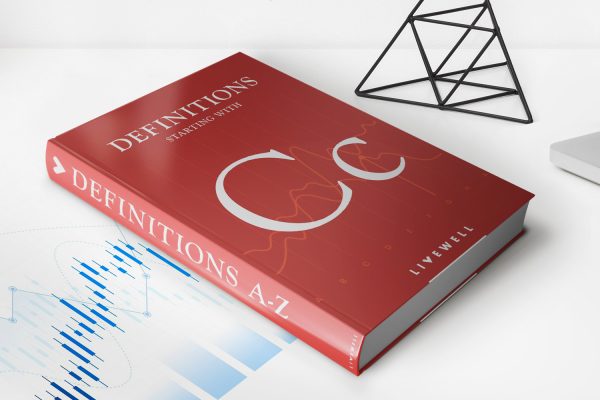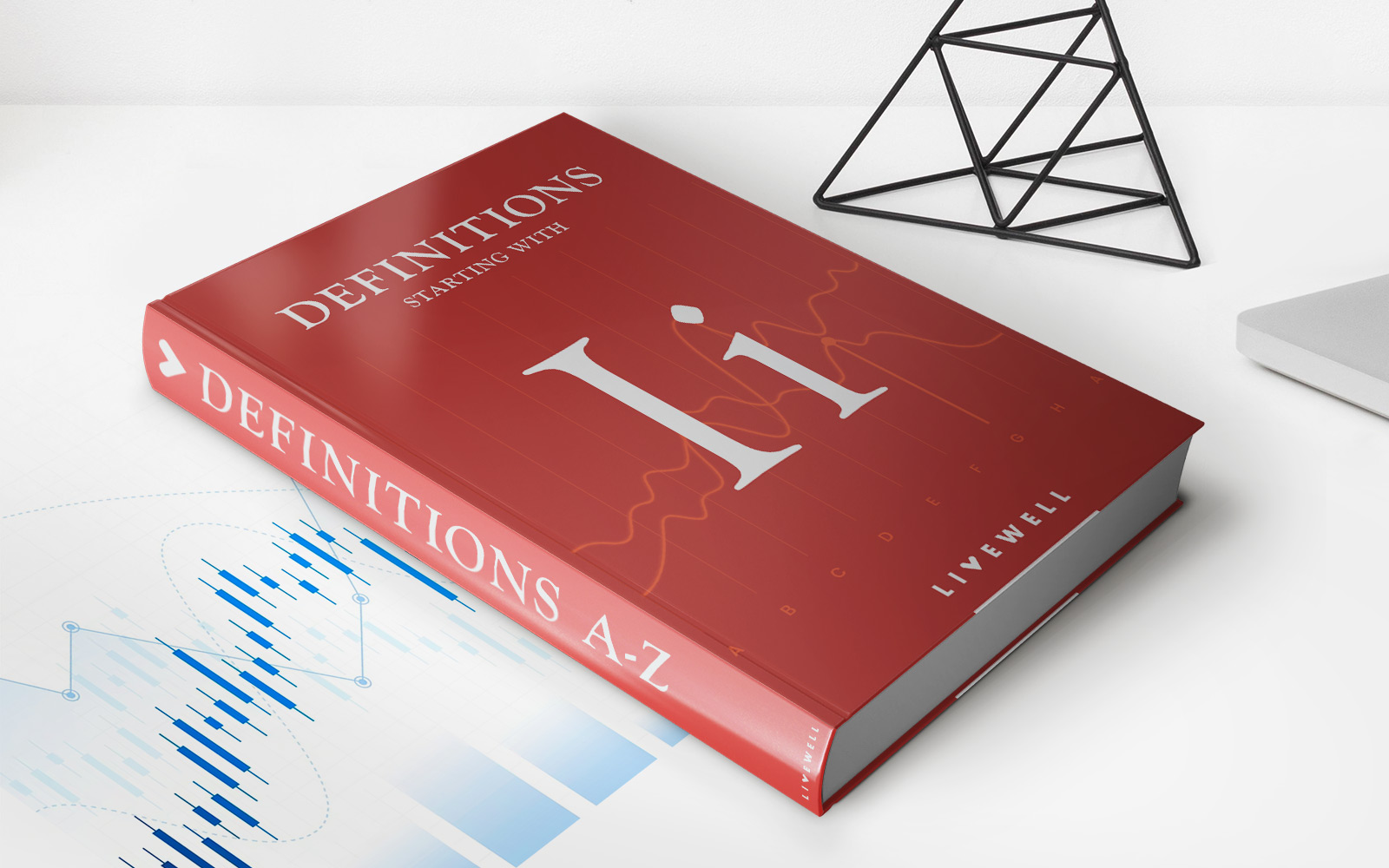Home>Finance>Drecreasing Credit Utilization When Accounts Are Closed


Finance
Drecreasing Credit Utilization When Accounts Are Closed
Published: March 6, 2024
Learn how to manage your credit utilization when closing accounts. Get expert tips and advice on finance and credit management.
(Many of the links in this article redirect to a specific reviewed product. Your purchase of these products through affiliate links helps to generate commission for LiveWell, at no extra cost. Learn more)
Table of Contents
Introduction
Understanding the Impact of Closed Accounts on Credit Utilization
When it comes to managing your credit score, one of the key factors that can significantly impact it is your credit utilization ratio. This ratio measures the amount of credit you are using compared to the total amount of credit available to you. It plays a crucial role in determining your overall creditworthiness and can have a substantial impact on your credit score.
One common scenario that can affect your credit utilization is the closure of credit accounts. Whether it’s due to a change in financial circumstances, a desire to streamline your credit portfolio, or the closure of a retail store account, the impact on your credit utilization can be significant. Understanding how closed accounts can influence your credit utilization is essential for maintaining a healthy credit score and overall financial well-being.
In this article, we will delve into the intricacies of credit utilization and explore the specific impact that closed accounts can have on this crucial aspect of your credit profile. Furthermore, we will discuss effective strategies for managing and decreasing credit utilization in the event of closed accounts, empowering you to make informed decisions and take proactive steps to safeguard your credit health.
Understanding Credit Utilization
Credit utilization, often referred to as the credit utilization ratio, is a fundamental metric used by credit scoring models to assess an individual’s credit management habits. It is calculated by dividing the total amount of credit currently being used by the total credit limit across all accounts. For example, if you have a total credit limit of $10,000 and are currently using $3,000, your credit utilization ratio would be 30%.
This ratio holds significant weight in determining your credit score. Lenders and credit card issuers use it as a gauge of your ability to manage credit responsibly. A lower credit utilization ratio is generally perceived favorably, indicating that you are not overly reliant on credit and are likely to be a lower risk for potential lenders.
Experts often recommend maintaining a credit utilization ratio below 30% to demonstrate responsible credit management. However, the lower the ratio, the better it is for your credit score. Keeping your credit utilization low showcases financial discipline and can positively influence your creditworthiness.
It is important to note that credit utilization is not only assessed on an individual account basis but also across all your credit accounts collectively. This means that the closure of a credit account can impact your overall credit utilization ratio, potentially affecting your credit score.
Understanding the nuances of credit utilization and its pivotal role in shaping your credit profile is crucial for making informed decisions about managing your credit accounts and overall financial health. As we delve deeper into the impact of closed accounts on credit utilization, you will gain valuable insights into navigating this aspect of credit management effectively.
Impact of Closed Accounts on Credit Utilization
The closure of credit accounts can have a notable impact on your credit utilization ratio and, consequently, your credit score. When a credit account is closed, the available credit associated with that account is removed from the total credit limit. This reduction in available credit can lead to a higher credit utilization ratio, even if your outstanding balances remain the same.
For instance, if you have a total credit limit of $20,000 across all your accounts and are utilizing $6,000, your credit utilization ratio would be 30%. However, if one of your credit accounts with a $5,000 limit is closed, your total available credit decreases to $15,000, resulting in a higher credit utilization ratio of 40% if your outstanding balance remains unchanged at $6,000.
This increase in credit utilization can potentially have a negative impact on your credit score. Credit scoring models often interpret higher credit utilization ratios as a sign of financial distress or overreliance on credit, which may lead to a decrease in your credit score. Therefore, it is essential to be mindful of the repercussions of closed accounts on your credit utilization and take proactive measures to mitigate any adverse effects.
Furthermore, closed accounts can also impact the age of your credit history, which is another crucial factor in credit scoring. The closure of older accounts can shorten the average age of your credit accounts, potentially influencing your credit score. While the impact on credit history is distinct from credit utilization, it underscores the multifaceted implications of closed accounts on your overall credit profile.
Understanding how closed accounts can affect your credit utilization and credit score is pivotal for devising effective strategies to manage and minimize any potential negative consequences. In the subsequent section, we will explore actionable strategies for decreasing credit utilization when accounts are closed, empowering you to navigate this aspect of credit management with confidence and foresight.
Strategies for Decreasing Credit Utilization When Accounts Are Closed
Managing credit utilization after the closure of accounts requires strategic planning and proactive measures to mitigate any adverse impact on your credit score. By implementing effective strategies, you can maintain a healthy credit utilization ratio and safeguard your creditworthiness. Here are actionable steps to decrease credit utilization when accounts are closed:
- Pay Down Balances: One of the most direct ways to lower your credit utilization is to pay down existing balances. By reducing the amount of credit you are currently using, you can effectively decrease your credit utilization ratio. Allocating additional funds towards paying off credit card balances can yield positive results in lowering your overall utilization, offsetting the impact of closed accounts.
- Request a Credit Limit Increase: Contacting your credit card issuers to request a credit limit increase can bolster your available credit, subsequently lowering your credit utilization ratio. This approach can help counterbalance the reduction in available credit resulting from closed accounts, thereby mitigating the potential increase in credit utilization.
- Open a New Credit Account: Consider opening a new credit account, such as a credit card, to augment your available credit. However, exercise caution with this strategy to avoid accumulating excessive new debt. Responsibly managing a new credit account can contribute to a lower credit utilization ratio and positively impact your credit score.
- Utilize Balance Transfer Offers: If feasible, explore balance transfer offers that enable you to consolidate high-interest credit card balances onto a single card with a lower or zero-interest promotional period. This can streamline your debt repayment and potentially lower your overall credit utilization ratio.
- Monitor and Adjust Regularly: Stay vigilant about monitoring your credit utilization and make adjustments as needed. Regularly reviewing your credit accounts and balances allows you to proactively manage your credit utilization, especially in the aftermath of closed accounts. By staying informed and adaptable, you can navigate fluctuations in credit utilization effectively.
Implementing these strategies empowers you to take control of your credit utilization and mitigate the impact of closed accounts on your credit score. By adopting a proactive approach to managing your credit, you can foster financial stability and enhance your overall creditworthiness, positioning yourself for long-term success.
Conclusion
Understanding the intricate relationship between closed accounts and credit utilization is paramount for maintaining a healthy credit profile. The impact of closed accounts on credit utilization can reverberate through your credit score, underscoring the significance of proactive credit management strategies.
By recognizing the potential repercussions of closed accounts on credit utilization and credit scoring, you are empowered to navigate this aspect of credit management with foresight and resilience. The strategies outlined in this article offer actionable pathways to decrease credit utilization, mitigate the impact of closed accounts, and fortify your creditworthiness.
Embracing financial prudence and actively managing your credit utilization not only safeguards your credit score but also positions you for greater financial flexibility and opportunities in the future. As you navigate the dynamic landscape of credit management, leveraging these strategies equips you with the tools to proactively address the impact of closed accounts and cultivate a robust credit profile.
Ultimately, by staying informed, proactive, and adaptable, you can effectively manage the impact of closed accounts on your credit utilization, paving the way for sustained financial well-being and empowerment.














